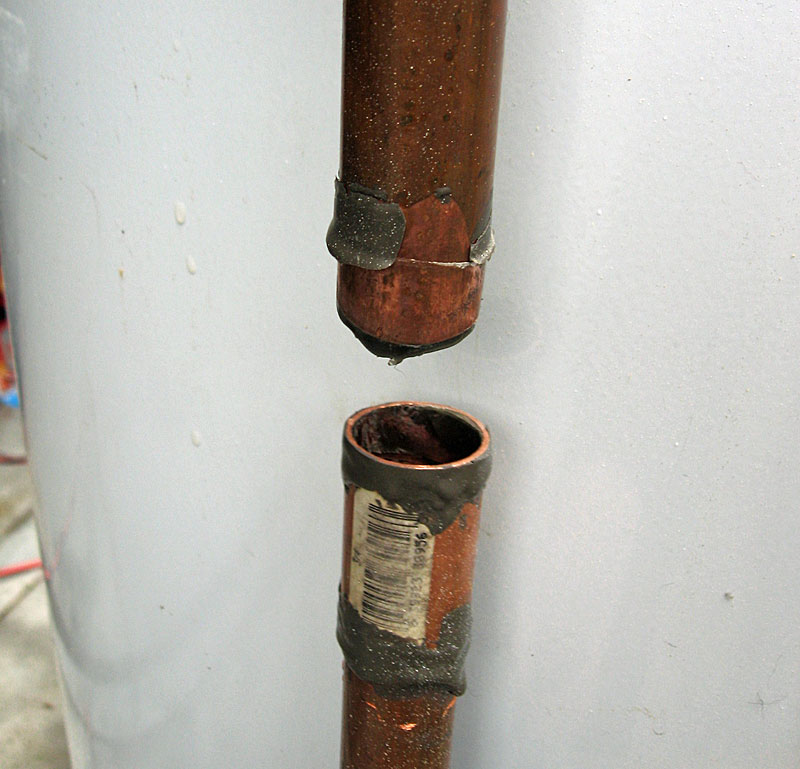I have been using compression straights and angles for all my kitchen sink faucet installs, lav faucet installs, laundry tub installs, toilet installs. For now 20 years.
Never once has one blown off, leaked slightly, but never blow off. A quick turn of the 5/8" nut normally takes care of the problem.
Soldering isolation valves creates problems down the road, meaning you have to do a drain down with no water in piping to do so........rather than a quick changeout of a compression valve that doesn't matter if water is slightly flowing through it or not.
You can only sweat all brass valves in, meaning the stem type, short of breaking down the valve.
I would have to see proof in writing from a michigan plumbing inspector to believe that crap. You apparently didn't tighten down your stop valve down tight enough, 5 years ago. Doesn't dictate the norm for the rest of the United States and abroad.
A compression fitting is a compression fitting, is a compression fitting. BOTH ARE HOLDING THE SAME PRESSURE.
On a side note: I always use those plastic chrome scussions that are cut down one side to pry on the piping AFTER you have your valve on. Never rusts, can get in the tightest of spots. Eliminates the need to install scussion first, even on old pipes.
Thanks for the comedy central skit........I needed a good laugh.



